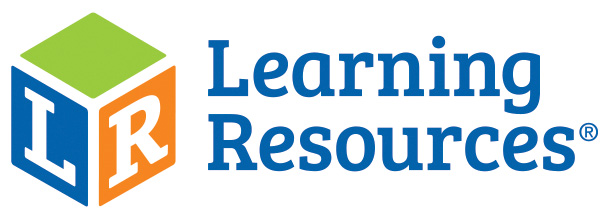-
Folder
Organization definition, Function, Goals, Need to exist, Org. Effectiveness

- Faculty of Engineering and Information Technology
- T1 Organization Effectiveness.
Org. Devel. & CHANGE Mgmt.
Org. Devel. & CHANGE Mgmt.
-
1. T1 Organization Effectiveness.
Learning Objectives:
1. Explain why organizations exist and the purposes they serve, How to achieve org. effectiveness?
2. Describe the relationship between organizational theory and organizational design and change, and differentiate between organizational structure and culture
3. Understand how managers can utilize organizational theory to design and change their organizations to increase organizational effectiveness (The Design is the arrangement of People - Tasks - Resources)
4. Identify how managers assess and measure organizational effectiveness. - تحقيق الاهداف - قياس و من ثم تقييم الاداء التنظيمي
Summary:
This chapter discusses organizations, organizational theory, and the importance of organizational design. An organization is a tool for individuals or groups to accomplish goals. An organization creates value at three stages: input, conversion, and output. Organizations exist because people working together to produce goods and services create more value than those working alone. Organizations may exist to increase specialization and the division of labor, to use large-scale technology, to manage the external environment, to economize on transaction costs, and to exert power and control over employees.
The components of organizational theory are structure, culture, and design and change. Organizational design helps a company gain a competitive advantage, deal with contingencies, manage diversity, increase efficiency, and increase innovation. Poor organizational design results in company decline, including layoffs and difficulty in attracting resources.
Organizational effectiveness (the ability to use resources to create VALUE) should be measured according to a manager’s methods of control, innovation, and efficiency. The external resource, internal systems, or technical approach measure effectiveness and official and operative goals. Difficulties arise in measuring effectiveness even if stakeholders have shared goals. An organization must select the best way to achieve goals. Organizations are affected by the environment, technology, and processes. The technological environment entails innovations in production processes and new products.
Measuring Organizational effectiveness: the following are 4 different approaches to measure org. effectiveness:
1- Resource-Based Approach. Obtaining the right and necessary resources.
2- Internal Process Approach. Focusses on the org. internal activities.
3- Goal-Based Approach. Concerns with the output and achieving org. goals.
4- Stakeholders' Approach. Focusses on the satisfaction of the stakeholders. -
Chapter Zero
-
T2 Org Stakeholders Manager & Ethics
-
T3 Org. Design Challenges
-
T4 Org-Structure Authority-Control
-
T5 Organization Culture "Org. Dynamics"
-
6 Org. Environment "Org. Dynamics"
-
Formal & Informal Organizations
-
OD Process - Action Research
-
OD Practitioner, Change Agent
-
Resilient Org المؤسسة المنيعة
-
11 Change Mgmt Kurt Lewin's 3 steps Model
-
12 Change Mgmt Burke-Litwin
-
13 Change Mgmt Kotter's Model
-
14 ADKAR Change Model
-
Other Change Mgmt Models
-
Next Generation Org
-
Diffusion of Innovation
-
Quizzes
-
Section 19
-
Assignments
